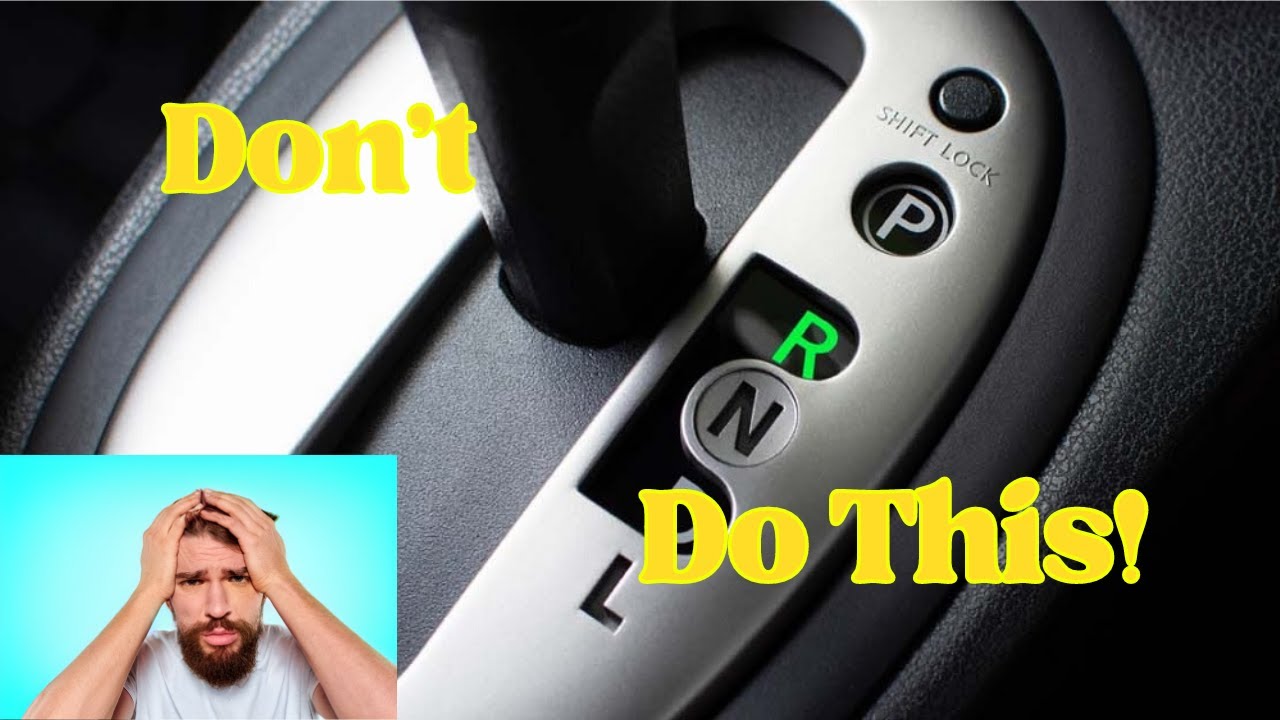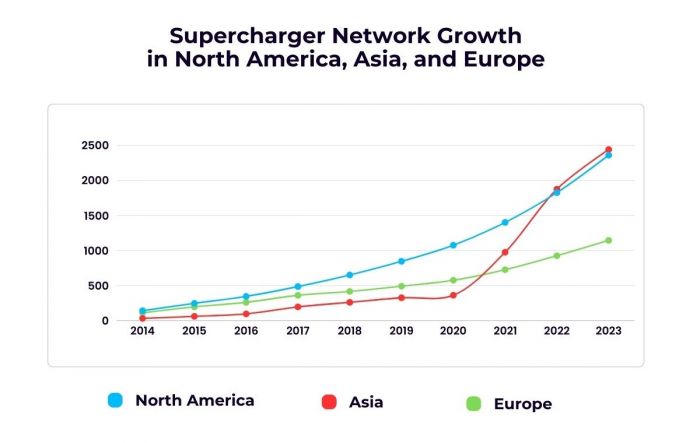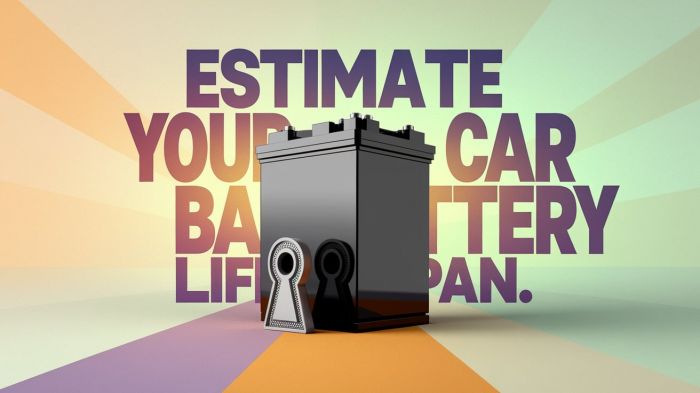The Porsche 997 Gen 2 was first released in 2009 and was a huge improvement on the first-generation series. However, even though it is an excellent car, there have been some reported problems with it that you should also be aware of.
We'll take a look at the major problems you may encounter with the Porsche 997 Gen 2 as well as what you can do to fix and avoid them. So, if you're thinking of buying one of these cars, or already own one, make sure you read on!

From here, you will get to know the following common problems experienced by Porsche 997 Gen 2 owners plus ways to fix them should you ever decide to go on a DIY route:
- Oil Build-Up in Engine
- Bore Scoring
- Over-Revving
- Coolant Leaks
- Transmission Fault
Common Porsche 997 Gen 2 Problems and Quick Fixes
The second generation of the Porsche 997 was introduced in 2009 and it offered a number of new design elements. However, it also suffered from several issues, most of which were related to its new features.
Scroll down below to know more about the common issues Porsche 997 Gen 2 owners often complain about.
1. Oil Build-Up in Engine
The Porsche 997 Gen 2 is a popular sports car that is known for its speed and power. However, some owners have experienced engine problems that can cause the car to lose the things that define it.
The problem is normally caused by a buildup of oil in the engine, which can clog the valves and cause the engine to misfire. The solution is to have the engine cleaned and serviced.
Should you ever decide to skip the mechanic and do the cleaning instead, here are the things you must do:
- Park the car on a level surface and set the emergency brake.
- Disconnect the battery terminals.
- Remove the intake manifold cover.
- Loosen the two bolts securing the fuel rail to the intake manifold and disconnect the fuel line from the rail.
- Disconnect the vacuum line from the brake servo, if applicable.
- Remove the six bolts securing the intake manifold to the engine and lift it off of the engine.
- Inspect all of the valves for carbon buildup and clean them with a valve cleaning brush, if necessary.
- Reinstall the intake manifold, making sure to tighten all of the bolts to their proper torque specifications. Reconnect all of the vacuum and fuel lines, then reconnect the battery terminals and start up the car. Allow it to idle for a few minutes to make sure there are no leaks.
- Take the car for a test drive to make sure everything is working properly.
If you notice any strange noises or drivability issues, take the car to a qualified mechanic to have the problem diagnosed and fixed. This will cost around $1,000, but it is worth it to keep your Porsche running at its best.
This specific issue may also stem from worn or defective components. If you notice corroded parts or anything that your gut feeling tells you that something is wrong, have them replaced right away.
2. Bore Scoring
Bore scoring is a common issue in Porsche 997 Gen 2 engines. It is typically due to poor lubrication, improper break-in procedures, or using the wrong type of oil. Bore scoring can lead to engine failure and is costly to repair.
The best way to avoid bore scoring is to properly maintain your engine and use the correct type of oil. If you do experience bore scoring, there are some DIY ways to fix it.
If your Porsche 997 Gen 2 has bore scoring, don't despair. You can repair the bore scoring yourself, using a few simple tools and supplies to save you from buying a whole small block which typically costs between $3,000 to $7,000.
- First, you'll need to purchase a borescope. A borescope is a small camera that you can insert into the cylinder of your engine to inspect the bore for damage. You can find a borescope at most auto parts stores or online.
- Once you have your borescope, start the engine and allow it to warm up to operating temperature. Then, turn off the engine and remove the spark plugs. Insert the borescope into the cylinder through the spark plug hole.
- Inspect the cylinder walls for any signs of damage. If you see any gouges or scoring, you'll need to repair them before continuing.
- To repair the bore scoring, you'll need a honing tool and some abrasive pads. Attach the honing tool to your borescope and insert it into the cylinder. Slowly move the hone back and forth across the damaged area, using light pressure.
- After a few passes with the hone, switch to an abrasive pad. Gently sand the area around the damage, being careful not to remove too much material.
- Once you've repaired the damage, re-inspect the bore with your borescope. If everything looks good, you can reinstall the spark plugs and start the engine. Your Porsche 997 Gen 2 should be as good as new.
If the problem persists or it's more serious than you originally expected, it's best to bring your car to a mechanic for proper repair. Depending on the severity of the issue, repairs can range from a few hundred dollars to several thousand dollars.
3. Over-Revving
Over-revving leads your valve to stay open for longer than usual. Its effect when left unchecked is getting your valve getting stuck in a partially open position, which may result in power loss.
If your Porsche 997 Gen 2 is over-revving, there are a few things you can do to fix the problem:
- Check the engine mounts. If they are loose, damaged, or worn, they may be causing the engine to move around too much. Make sure to keep them bolted firmly and change them if needed.
- Inspect the drive belts. If they are loose or broken, have them replaced.
- Make sure all of the spark plugs are firing correctly. If one or more of them is misfiring, just have the defective spark plug changed.
- Finally, check the throttle body for any debris or buildup that could be restricting airflow and causing the engine to over-rev. Clean the affected area to ensure optimal air circulation.
4. Coolant Leaks
If you have a coolant leak in your Porsche 997 Gen 2, it's important to get it fixed as soon as possible. Coolant leaks can lead to engine damage and overheating, so it's best to nip them in the bud.
There are a few different ways to fix coolant leaks, depending on where the leak is coming from. The three of the most common types of coolant leaks in Porsche 997 Gen 2s, include radiator leaks, water pump leaks, and hose leaks.
a. Radiator Leaks
- If you have a radiator leak, the first step is to check the radiator cap. The cap may be loose, cracked, or damaged.
- Have the radiator cap replaced if it's the root of the issue.
- If the radiator cap is not the problem, then the next step is to check the radiator itself for leakage. The most common type of radiator leak is a hole in the side of the radiator. This can be caused by debris hitting the radiator, or by corrosion.
- The safest way around a corroded radiator is to have the whole thing changed, which will cost you over $2,000.
b. Water Pump Leaks
- Water pump leaks are usually pretty easy to spot, as they'll result in coolant seeping from the front of the engine.
- The first step in repairing a water pump leak is to check the water pump belt. The belt may be loose, cracked, or damaged, and needs to be replaced.
- If the water pump belt is not the problem, then the next step is to check the water pump itself for leaks. Water pump leaks are usually caused by a bad seal, so you'll need to change the seal.
- To replace the seal, you'll need to remove the water pump from the engine first.
c. Hose Leaks:
- The first step in repairing a hose leak is to identify which hose is leaking. This can be done by tracing the streaks of coolant back to their source.
- Once you've identified the problematic hose, simply replace it.
If you find any of the solutions to be too complex or very laborious for a DIY fix, we recommend taking your car to a mechanic or Porsche dealer to have it done professionally.
5. Transmission Fault
If your Porsche 997 Gen 2 is experiencing a gearbox fault, there are a few things you can do to repair the issue.
- First, check the transmission fluid level and add more if needed.
- If that doesn't fix the problem, you may need to replace the transmission filter.
- The distance or displacement sensor within the PDK could be blamed here as well. Have it replaced if it's triggering the problem.
If none of these solutions works, you will likely need to replace the entire transmission, which entails a complex process that needs a lot of mechanical expertise as it does not only involve snapping the transmission but also a lot of calibrations for it to work properly.
Conclusion
The Porsche 997 Gen 2 is a car that holds its value quite well because of its plethora of features and rarity. However, it is not without its share of problems. So, if you end up bumping into any of the issues presented here, have them addressed right away to keep your car in its best form.
About the authors
The CarAraC research team is composed of seasoned auto mechanics and automotive industry professionals, including individuals with advanced degrees and certifications in their field. Our team members boast prestigious credentials, reflecting their extensive knowledge and skills. These qualifications include: IMI: Institute of the Motor Industry, ASE-Certified Master Automobile Technicians; Coventry University, Graduate of MA in Automotive Journalism; Politecnico di Torino, Italy, MS Automotive Engineering; Ss. Cyril and Methodius University in Skopje, Mechanical University in Skopje; TOC Automotive College; DHA Suffa University, Department of Mechanical Engineering






Add comment